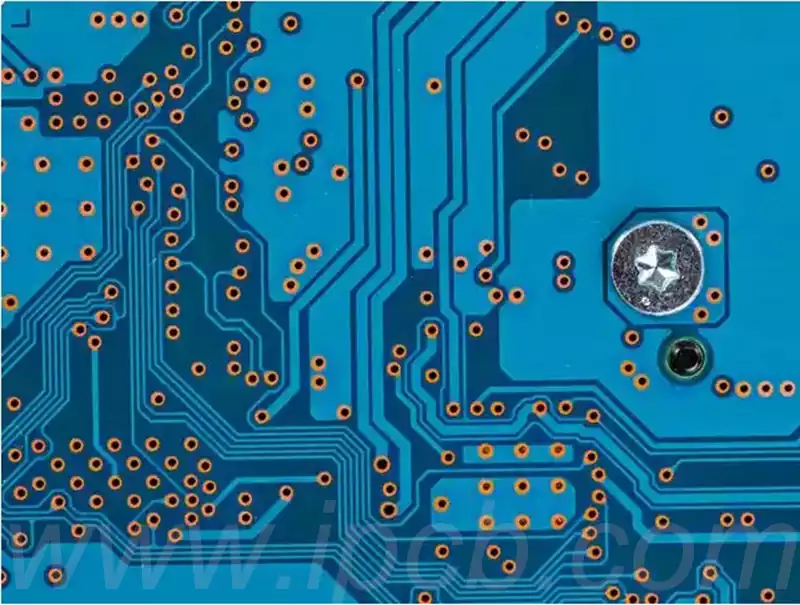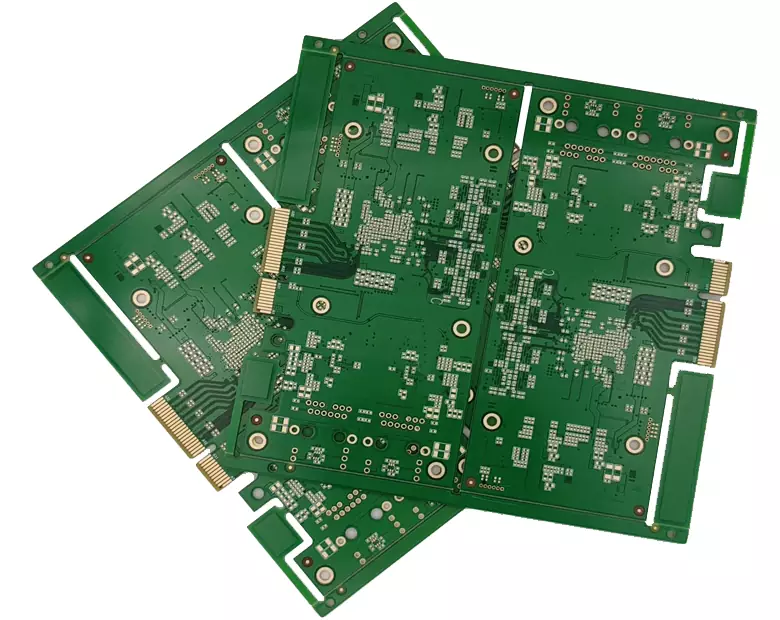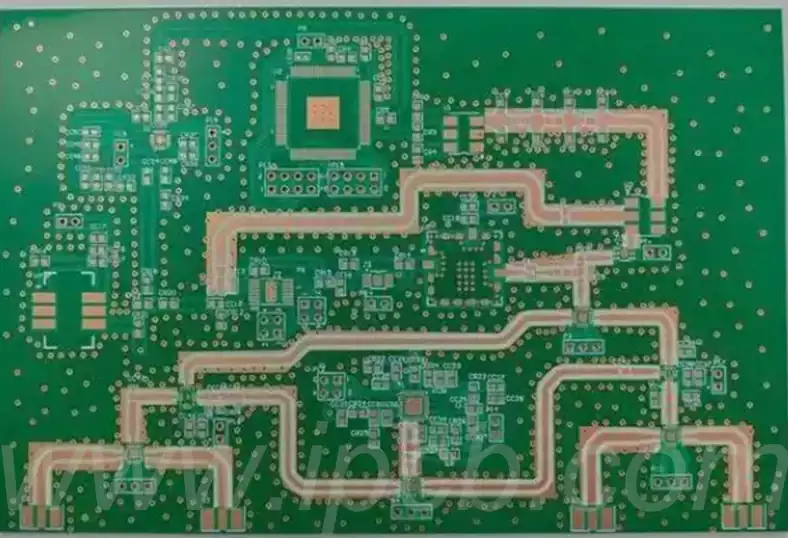In recent years, the demand for customizable and high-performance bluetooth mechanical keyboard pcb has surged, fueled by enthusiasts, gamers, and professionals alike. One of the key components that determine the functionality and performance of these keyboards is the PCB (Printed Circuit Board).
When it comes to wireless capabilities, a specific variant known as the Bluetooth mechanical keyboard PCB has gained significant traction. This article delves deep into the intricacies of these PCBs, exploring their design, functionality, advantages, and the technological advancements that make them a preferred choice for modern mechanical keyboards.

Introduction to Mechanical Keyboard PCBs
Printed Circuit Boards (PCBs) are the backbone of any electronic device, providing the physical platform for mounting and interconnecting various components. In mechanical keyboards, the PCB plays a crucial role in housing the switches, diodes, and other necessary electronics that register key presses and communicate with the computer. The evolution from traditional wired keyboards to wireless solutions has introduced Bluetooth technology into the mix, enhancing the user experience by eliminating the need for cables and allowing for greater mobility and convenience.
Bluetooth Technology in Keyboards
Bluetooth technology, a wireless communication standard, enables devices to exchange data over short distances using radio waves. In the context of keyboards, Bluetooth integration allows for seamless connectivity with computers, tablets, and even smartphones without the clutter of wires. This technology not only enhances the aesthetic appeal of the setup but also provides the flexibility to use the keyboard across multiple devices, making it a versatile accessory for both work and play.
Design and Structure of a Bluetooth Mechanical Keyboard PCB
Components and Layout
A Bluetooth mechanical keyboard PCB consists of several key components that work together to deliver a seamless typing experience. These include:
- Microcontroller: The brain of the keyboard, responsible for processing inputs and controlling other components.
- Bluetooth Module: Enables wireless communication between the keyboard and the connected device.
- Switches and Diodes: Mechanical switches for each key, with diodes ensuring accurate key press detection and preventing ghosting.
- Battery and Power Management: A rechargeable battery provides the necessary power, while power management circuitry optimizes battery life and ensures stable performance.
The layout of the PCB is meticulously designed to accommodate these components while maintaining a compact and efficient form factor. The switches are mounted in a matrix configuration, with rows and columns of conductive traces connecting them to the microcontroller.
Circuit Design and Signal Processing
The circuit design of a Bluetooth mechanical keyboard PCB involves careful consideration of signal integrity and electromagnetic compatibility. Signal processing is crucial for ensuring that each key press is accurately registered and transmitted to the connected device. This is achieved through a combination of hardware and firmware optimizations, including debounce algorithms that filter out noise and ensure reliable key detection.
Power Management and Battery Life
One of the critical aspects of a wireless keyboard is battery life. Efficient power management is essential to extend the time between charges and provide a reliable user experience. Modern Bluetooth mechanical keyboard PCBs incorporate advanced power-saving techniques, such as sleep modes and dynamic power scaling, to minimize power consumption when the keyboard is idle or in low usage scenarios. Additionally, the use of low-power components and optimized firmware further enhances battery efficiency.
Advantages of Bluetooth Mechanical Keyboards
Wireless Convenience
The most apparent advantage of Bluetooth mechanical keyboards is the elimination of cables. This not only reduces desk clutter but also allows for greater freedom of movement. Users can position their keyboards at a comfortable distance from their screens, enhancing ergonomics and reducing strain.
Multi-Device Connectivity
Bluetooth technology enables seamless switching between multiple devices. Many Bluetooth mechanical keyboards support pairing with several devices simultaneously, allowing users to switch between their computer, tablet, and smartphone with the press of a button. This multi-device connectivity is particularly beneficial for professionals who juggle multiple devices throughout their workday.
Portability
Without the need for a wired connection, Bluetooth mechanical keyboards are highly portable. They are ideal for use in various environments, from home offices to coffee shops, and even during travel. The compact design and lightweight construction of these keyboards make them easy to carry and set up anywhere.
Aesthetic Appeal
Wireless keyboards contribute to a cleaner and more minimalist workspace. The absence of cables enhances the overall aesthetic appeal of the setup, creating a more organized and visually pleasing environment.
Technological Advancements and Innovations
Low-Latency Bluetooth
One of the primary concerns with wireless peripherals is latency. Early Bluetooth keyboards often suffered from noticeable input lag, making them less suitable for gaming and fast typing. However, recent advancements in Bluetooth technology have significantly reduced latency, bringing it on par with wired connections. This improvement has made Bluetooth mechanical keyboards viable options for gamers and professionals who demand high performance and responsiveness.
Customizable Firmware and Open-Source Solutions
The mechanical keyboard community is known for its enthusiasm for customization. Bluetooth mechanical keyboard PCBs have embraced this trend, offering programmable firmware that allows users to customize key mappings, macros, and lighting effects. Open-source firmware solutions, such as QMK and VIA, provide extensive customization options and foster a community-driven approach to keyboard design.
Enhanced Battery Technologies
The development of more efficient batteries and charging solutions has further improved the usability of Bluetooth mechanical keyboards. High-capacity lithium-polymer batteries, combined with fast-charging technology, ensure that users spend less time tethered to a charging cable and more time enjoying a wireless typing experience.
Challenges and Considerations
Connectivity Issues
While Bluetooth technology has come a long way, it is not without its challenges. Connectivity issues, such as interference and pairing difficulties, can still occur. Ensuring a stable and reliable connection requires robust design and testing, as well as consideration of the operating environment.
Cost and Complexity
Integrating Bluetooth technology into mechanical keyboards adds complexity to the design and manufacturing process, which can increase costs. High-quality components and advanced power management solutions also contribute to the overall price of the keyboard. As a result, Bluetooth mechanical keyboards tend to be more expensive than their wired counterparts.
Battery Maintenance
Wireless keyboards require regular battery maintenance, including charging and eventual replacement of the battery. While modern batteries are designed for long life and minimal maintenance, users must still be mindful of their battery levels and charging habits to ensure consistent performance.
Conclusion
Bluetooth mechanical keyboard PCBs represent a significant advancement in the realm of input devices, offering the perfect blend of wireless convenience and mechanical precision. The integration of Bluetooth technology into mechanical keyboards has transformed the user experience, providing greater freedom, versatility, and aesthetic appeal.
Despite the challenges and considerations, the advantages of these keyboards make them a compelling choice for a wide range of users, from gamers and professionals to casual users seeking a clutter-free workspace.
As technology continues to evolve, we can expect further innovations in Bluetooth mechanical keyboard PCBs, including improved battery life, enhanced connectivity, and even greater customization options. For those seeking a high-performance, wireless typing experience, Bluetooth mechanical keyboards offer a glimpse into the future of input devices, where cutting-edge technology meets timeless mechanical craftsmanship.



